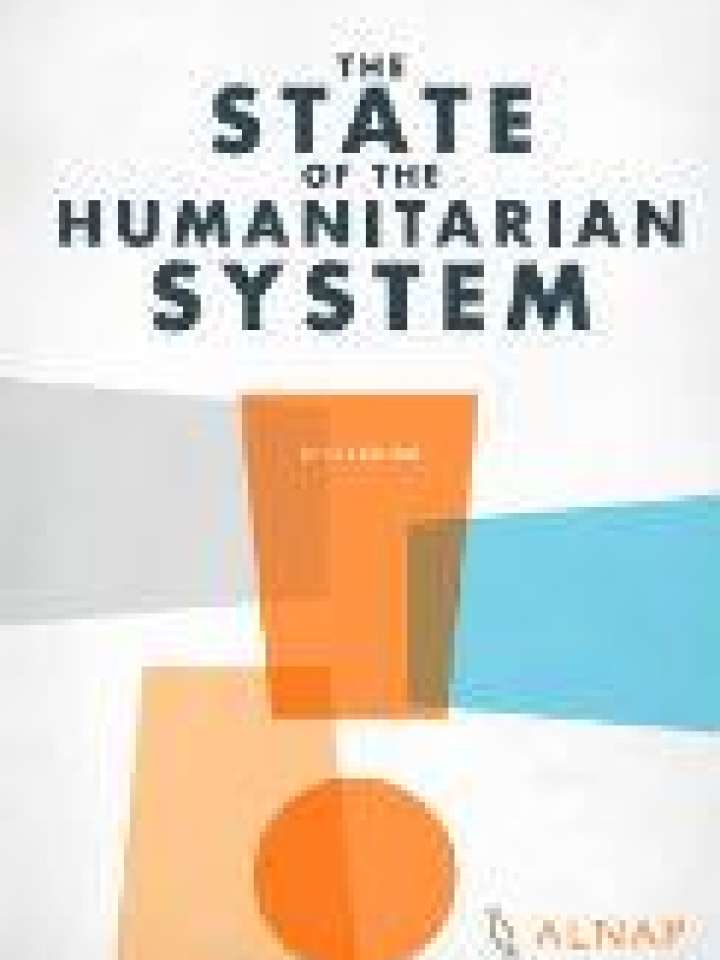The state of the humanitarian system (2012)
This report presents a system-level mapping and analysis of the performance of international humanitarian assistance. Section 4.3.2 focuses on preparedness, disaster risk reduction and the rise of resilience. This section highlights positives and negatives, for example:
- Through pooled funds, South Sudan has increased its preparedness capacity, with supplies prepositioned in a range of remote locations. In Kenya, investments in preparedness made a significant difference to the success of nutrition intervention in the 2011 drought response. On disaster-risk reduction (DRR) more broadly, however, some interviewees highlighted the ‘missing link’ between DRR objectives and development goals. According to the report, a recent study found that DRR-related investments amount to only 1% of the $150 billion spent in the 20 countries that received the most humanitarian aid over the past five years.
- From a policy perspective, there has been an important shift since the last SOHS report regarding the emphasis on risk reduction. The concept of ‘resilience’, as a potential unifying framework, bridging humanitarian, DRR, good governance/state-building and development goals, entered the aid lexicon many years ago but gained the spotlight in 2011 through the recommendations of the UK government’s Humanitarian Emergency Response Review (HERR).
- The agreement resulting from the High Level Forum on Aid Effectiveness in Busan, Korea, in addition to suggesting that developing countries take a lead in integrating resilience and disaster management into their own policies and strategies, seeks investment in disaster management. It remains to be seen how far these agreements will translate into commitment on the part of development actors to ensure more consistent and predictable financing for disaster resilience.
- There were several positive examples of DRR and disaster-resilience programming including market-based interventions to tackle chronic food insecurity, including large-scale and longstanding safety-net programmes such as those in Ethiopia and Kenya. In the Sahel, ECHO was seen to have been more proactively addressing the recurring crises, long term, by linking ECHO and EU strategy and activities.
- As noted in Subsection 4.1.3, national actors, government and local NGOs find the divisions between humanitarian and development activities unhelpful in the non-response aspects of disaster management: prevention, preparedness and recovery.
The pilot report on the State of the Humanitarian System (SOHS) was published in 2010 and focused on the years 2007 and 2008. This report includes descriptive statistics from the following two years, 2009 and 2010, and reviews performance assessments from 2009 to the end of 2011, comparing findings from the two periods.
The ‘international humanitarian system’ is defined here as the network of national and international provider agencies, donors and host-government authorities that are functionally connected to each other in the humanitarian endeavour and that share common overarching goals, norms and principles. The system also includes actors that do not have humanitarian assistance as their central mission but play important humanitarian roles, such as military and private-sector entities. This report covers recent developments with those actors as well, and for the first time includes the perceptions and perspectives of some humanitarian aid recipients, through field based surveys in four countries.

